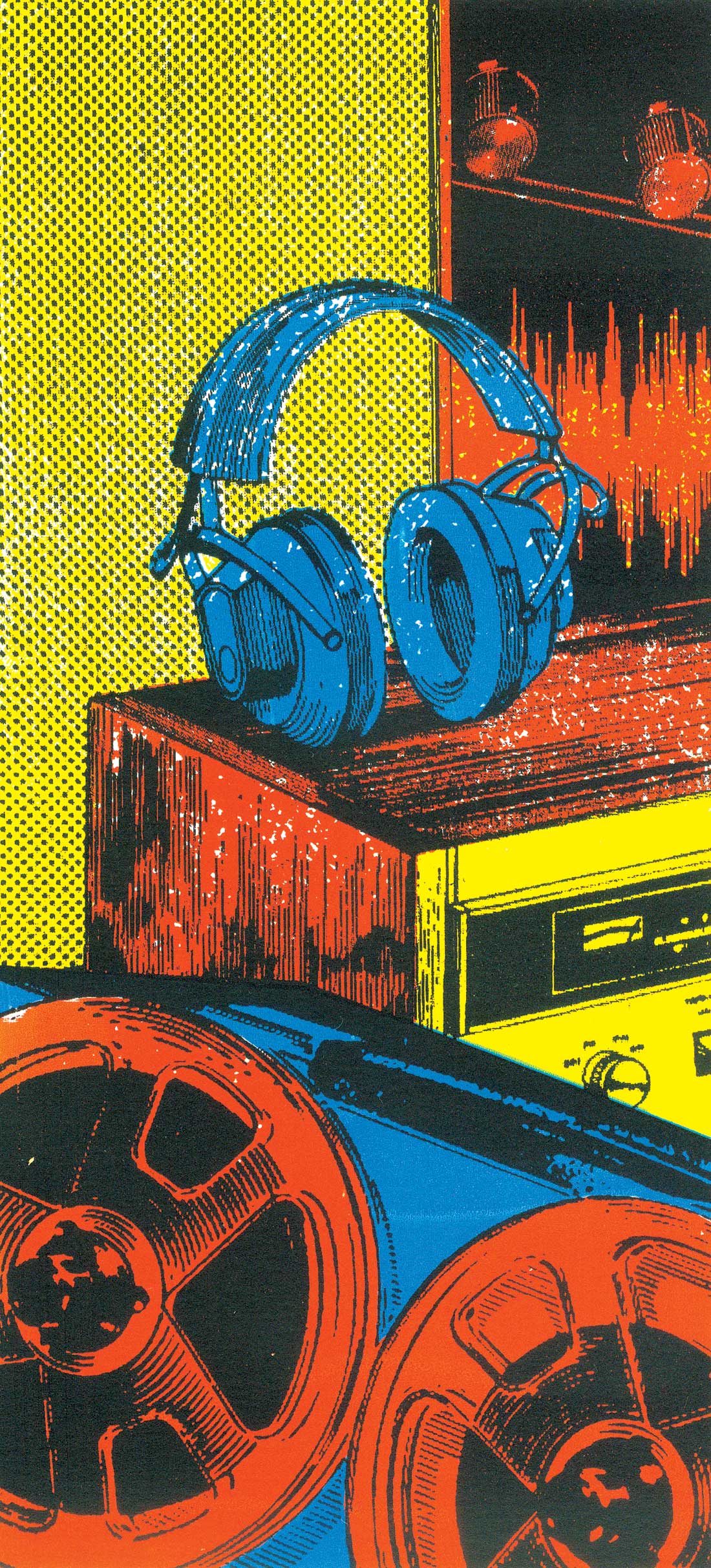Last year I reviewed the CoolSprings passive spring reverb unit by Zerotronics (Tape Op #55). Not only did I love the smooth, analog reverb sounds, I also admired the efficient design (the unit is completely passive and is intended to be connected to a mic preamp for output gain). Zerotronics main man Ralph Muha has upped the ante with a limited edition variant on the Coolsprings. It's called the MINI-LE, and it employs the same passive design as its big brother. But while the original Coolsprings uses four conventional Accutronics Type 9 reverb pans (for a total of 24 springs), Muha has equipped the MINI-LE with extremely rare new-old-stock springs originally manufactured in the 1960s for Baldwin electronic organs. These springs have a completely different design and sound than the Accutronics used in nearly every spring reverb device today. Ralph loaned me a mono prototype MINI-LE (the production units are stereo out with selectable mono or stereo in), and I have become addicted to it. The sound is very dark, ghostly, and amazingly "boing-free". I've been loving it on guitars, synths, vocals, and even percussive signals such as drum overheads. Ralph, if you're reading this, I swear I'll get the prototype back to you. In another month. Or two.
-Pete Weiss, www.weissy.com
Pull out your slide rules because it's your Gear Reviews Editor butting in here. In my Gear Geeking column in Tape Op #56, I mentioned how Ralph made a custom stereo-to-stereo CoolSprings reverb for me, which I use in Mid/Side mode. I actually own two custom CoolSprings reverbs now, and I've used them on every mix since acquiring them. Recently, Ralph rode his bike by my studio unannounced and dropped off a production MINI-LE. The springs in the MINI-LE, to use Ralph's words, "create a delay line in which the delay time is inversely proportional to frequency (try doing that digitally!), and the result is a reverb that, while not as dense as a regular CoolSprings, has a remarkable amount of diffusion." That may explain why Pete thinks the unit sounds ghostly. To me, it sounds like the reverb tail is going through a low-pass filter whose cut-off frequency follows the amplitude envelope-a swept filter. The effect is great for thickening up vocals because it's something in between doubling and traditional reverb. It's amazing for strengthening an acoustic guitar part without the telltale signs of artificial ambience because the fundamental notes are gently accentuated while the harmonics settle down quickly. It adds flavor to an electric guitar lead or to a bass line because you get subtle chorusing without the top end getting all washy. And on drums, you can get all crazy without being too boingy (as Pete mentioned), or you can bring up the MINI-LE just enough to lift up the natural resonance of each drum. Pretty damn cool-and definitely a tool that will make others think that you are an audio ninja. But be quick if you want one, as the LE in MINI-LE stands for Limited Edition. (
$795 direct. www.zerotronics.com)
Tape Op is a bi-monthly magazine devoted to the art of record making.




_disp_horizontal_bw.jpg)